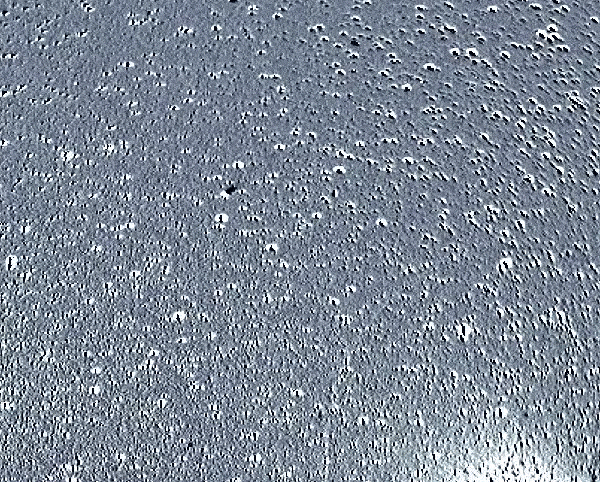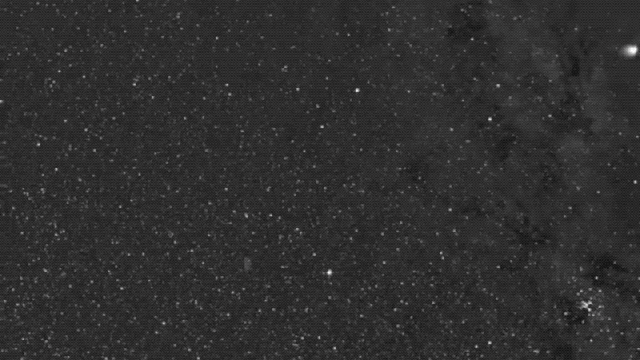Sun-gazing spacecraft managed by NASA and the European Space Agency are providing unique views of Comet Leonard, an ultrafast chunk of rock, dust, and ice that’s currently travelling through the inner solar system.
Comets often appear from out of the blue, or more precisely, from out of the Oort Cloud. Such is the case with Comet Leonard, which became visible to astronomers in early January of this year.
Leonard is here for a good time, but not a long time. The comet is quickly approaching perihelion, its closest distance to the Sun along its orbital path, causing it to do characteristically cometary things, like glow and grow a gaseous, dusty tail. It’s very faint, but it should be visible when viewed through backyard telescopes or binoculars.
Leonard’s closest approach will happen on January 3, at which time it will zoom to within 56 million miles of the Sun. The half-mile-wide comet, assuming it doesn’t disintegrate, will then begin a long 35,000-year journey back to the outer realms of the solar system.
Comet Leonard’s journey is being chronicled by astronomers on Earth, but also by telescopes in space, specifically the Solar Terrestrial Relations Observatory-A (STEREO-A), operated by NASA, and Solar Orbiter, a joint project of NASA and ESA. Both are in the business of studying the Sun, but mission controllers recently used the space-based instruments to do some comet spotting.

STEREO-A, with its onboard SECCHI/HI-2 telescope, captured an animated “difference image” of Leonard. Difference images are “created by subtracting the current frame from the previous frame to highlight differences between them,” according to NASA. In this case, the animated image captured subtle changes in the comet’s appearance, including a lengthening of its tail.
Solar Orbiter, with its onboard Solar Orbiter Heliospheric Imager (SoloHI), captured a video of Leonard using frames collected between December 17 and 19. When SoloHI gathered these images, Leonard was “approximately between the Sun and the spacecraft, with its gas and dust tails pointing towards the spacecraft,” explained ESA in a statement. “Toward the end of the image sequence, our view of both of the tails improves as the viewing angle at which we see the comet increases, and SoloHI gets a side-on view of the comet,” the space agency said.
Watching the video, you can see the Milky Way in the background, while Venus and Mercury perform some timely photobombing in the top right corner (Venus is the brighter of the two objects). Solar Orbiter continued to monitor Leonard until December 22, after which time it disappeared from SoloHI’s field of view.
And now we wait to see if Comet Leonard gets any brighter or if it fails to survive its journey around the Sun. It’s not the most exciting rock to ever visit the inner solar system, but we can’t expect every comet to put on a dazzling light show. Here’s to hoping we get something more dramatic in the coming year.
